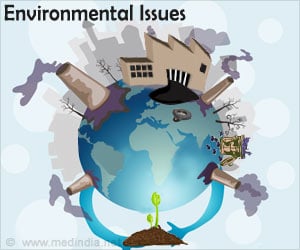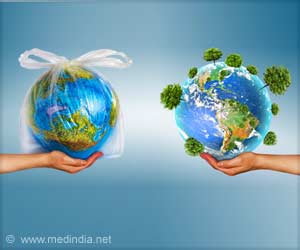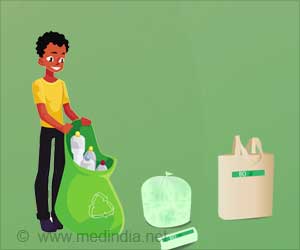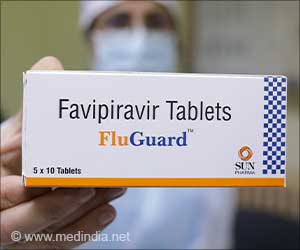- Plastic use and microplastic pollution have risen alarmingly over the last few decades posing a major threat to humans and the environment since plastic takes several hundred years to degrade
- To address the issue scientists have developed methods to accurately identify and quantify microplastic in any given sample, e.g. water, food, etc to gain a better understanding of the toxic effects of plastic
- The urgent need of the hour is to reduce the use of plastic to protect the environment drastically and towards this end, both manufacturers as well as consumers of plastic have to take responsibility
Read More..
What is Microplastic and Why is it Bad?
- Any piece of plastic measuring between 5 mm and 1 micrometer is referred to as microplastic. Smaller particles, i.e. 1 micrometer down to 100 nanometers - are termed sub-microplastic. Particles smaller than 100 nm are termed nano plastic. It has been found though that the size of most plastic particles fall in the lower micrometer range.
- Both microplastics and nano plastics are usually formed due to degradation of pieces of plastic material, e.g. shopping bags, car tires, microfiber clothing material, and personal care products
- Smaller sized microplastic particles can be absorbed into body tissues of organisms living in the seas and oceans
- Nearly 400 million tons of plastic is produced worldwide and when disposed of potentially poses a huge environmental threat as microplastic takes hundreds of years to degrade
- When the level of microplastic exceeds a certain level in the environment, it can have several unforeseen effects since even inert material is known to be harmful beyond a certain level
Why do We Need Newer Methods to Identify and Measure Microplastic?
- Existing optical methods of identification do not reliably distinguish between microplastic and other material such as sand and other material such as limestone and quartz as well as organic material that may be found in the sea
- The amount of microplastic in a given sample is quite small; For example, it was found that only 1 out a 1000 particles from a sample obtained from the Elbe river were microplastic when analyzed chemically. It is therefore important to accurate methods to estimate their levels
- The observed effects and toxicity of microplastic have been very variable in different experiments so far
Methods to Identify and Measure Microplastics
- Thermal analysis paired with gas chromatography and mass spectrometry – can quantify the amount of plastic in a sample but not measure the size
- Spectroscopic methods can identify the amount of plastic as well as measure the particle size, e.g. infrared spectroscopy can measure up to 20 micrometer
- At the Technical University of Munich (TUM), Raman microscopic analysis is used to facilitate reliable particle identification, i.e., determine whether a particle consists of synthetic polymers -- or a natural substance such as quartz and cellulose. Combining the Raman spectrometer with a regular optical microscope, particles down to one micrometer or even smaller can be accurately detected
- In fact, in a project funded by the Bavarian State Ministry of Environment and Consumer Protection, it was found that mussels swallow, especially tiny microplastic particles which get deposited extensively in their bodies
Future Research Plans
- Making the Raman-based methods in the MiPaq project (funded by the Bavarian Research Foundation BFS) automated since it would enable analysis of several hundred particles in a sample accurately within a short time
- Working together with other TUM departments to develop more accurate methods for analyzing very small particles as plastic material can degrade to smaller and smaller sizes over some time. This "SubμTrack" project is funded by the German Federal Ministry of Education and Research (BMBF).
Should Plastic Be Banned?
Dr. Natalia Ivleva feels that plastic need not be totally banned as it is a versatile material and has many applications. However, it is important to find ways to reduce the use of plastic where alternative materials are available, and this responsibility should be borne both by plastic manufacturers and consumers. Methods to hasten the degradability of plastic must also be researched to control this alarming situation.Summary
Scientists have developed new methods to accurately identify and quantify plastic in samples to determine the toxic effects and to find ways to control them. Also, use of plastic must be drastically minimized to control the massive plastic pollution.Reference:
- Methods for the analysis of submicrometer and nanoplastic particles in the environment - (https://doi.org/10.1016/j.trac.2018.12.014)
Source-Medindia











